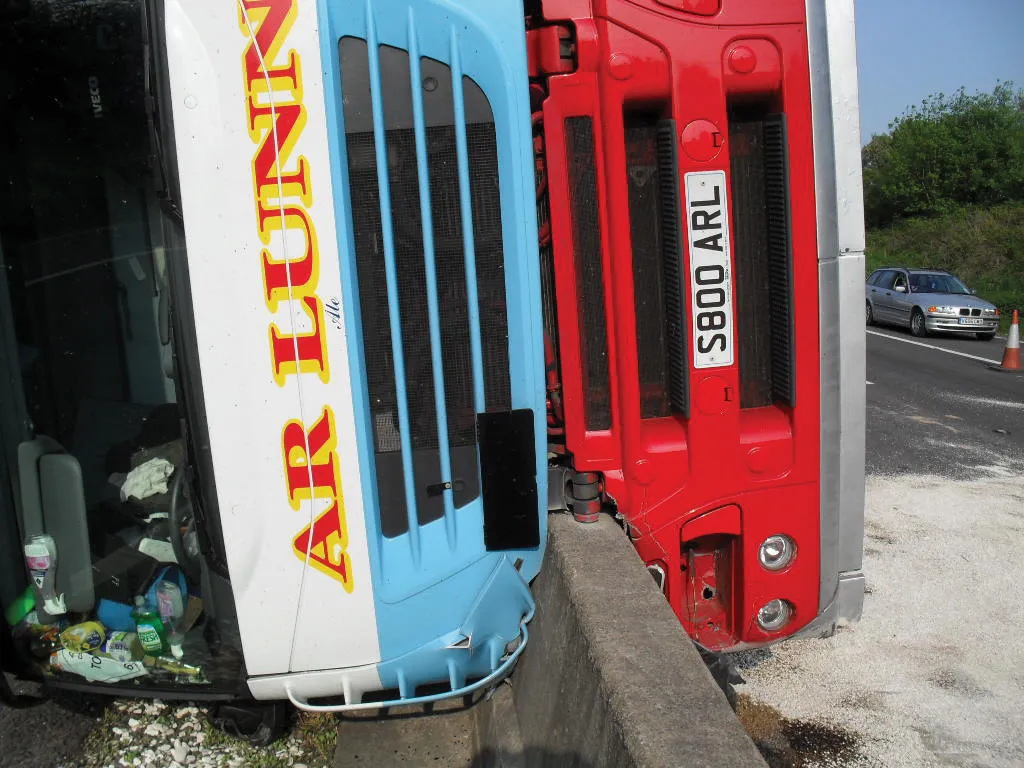The global road casualty rate continues to climb as motorisation levels grow and is particularly acute in the developing world. Developing countries suffer from a particularly high rate of crashes and account for around 90% of road fatalities. The impact, both in economic and human terms, is unsustainable. These countries cannot afford the loss to their economies of the young and economically active. Thailand’s poor road safety standards continue to be a cause for concern. In the period of time between January 1st 2017 and August 26th 2017, unofficial data suggests that there were 8,644 reported road deaths in the country. The figures have yet to be confirmed. Thailand’s road safety standards have long been recognised as being poor, with the latest World Health Organisation report into the subject placing the country as the second worst in the world (behind Venezuela) for road deaths.
However some developing countries have shown it is possible to buck the trend towards increasing road casualties. Vietnam has made progress in cutting road fatalities, with the introduction of compulsory helmet use for motorcycle riders having played a key role so far.
Successive measures have also seen a reduction in the road fatality rate for Bangladesh in past years. Police data shows that there were 2,463 road fatalities in Bangladesh in 2016, compared with 2,958 road deaths in 2009. In addition, there were 2.63 people seriously injured in road crashes during 2016 compared with 2,686 in 2009. The Bangladesh Road Transport and Bridges Ministry is aiming to continue reducing the country's road fatality rate, with a target of lowering it by 50% before 2020.
Iran’s road safety record has been poor for many years, with the country amongst the worst in the world for fatality levels/head of population. However in recent years a general improvement has been seen with a reduction in the overall death toll. In 2016 the country’s road fatality rate at 15,932 was 3.9% lower than for 2015. The introduction of traffic cameras has helped in lowering the crash rate in key urban areas. Data shows that 65% of Iran’s road crashes are in urban areas so the use of traffic cameras is expected to make further safety gains. But with 300,000 also being seriously injured/year, Iran desperately needs to reduce the rate of road crashes on its network.
The situation in developed countries is markedly different, with much better overall safety but a stalling in improvements in recent years. US motor vehicle deaths dropped slightly in first half of 2017, but remain higher than two years ago. Preliminary estimates from the National Safety Council indicate motor vehicle deaths in the first six months of 2017 are 1% lower than they were during the same six-month period in 2016. However, it says the country is fresh off the steepest estimated two-year increase in motor vehicle deaths since 1964 and it is too early to conclude whether the upward trend is over.
The estimated deaths during the first six months of 2017 still are 8% higher than the 2015 six-month estimates, and the final six months of the calendar year – July to December – tend to be deadlier than the first six. An estimated 18,680 people have been killed on US roads since January and 2.1 million were seriously injured. The total estimated cost of these deaths and injuries is US$191 billion.
The global road safety crisis needs to be addressed
The global road casualty rate continues to climb as motorisation levels grow and is particularly acute in the developing world. Developing countries suffer from a particularly high rate of crashes and around 90% of road fatalities. The impact, both in economic and human terms, is unsustainable. These countries cannot afford the loss to their economies of the young and economically active.
October 12, 2017
Read time: 3 mins






